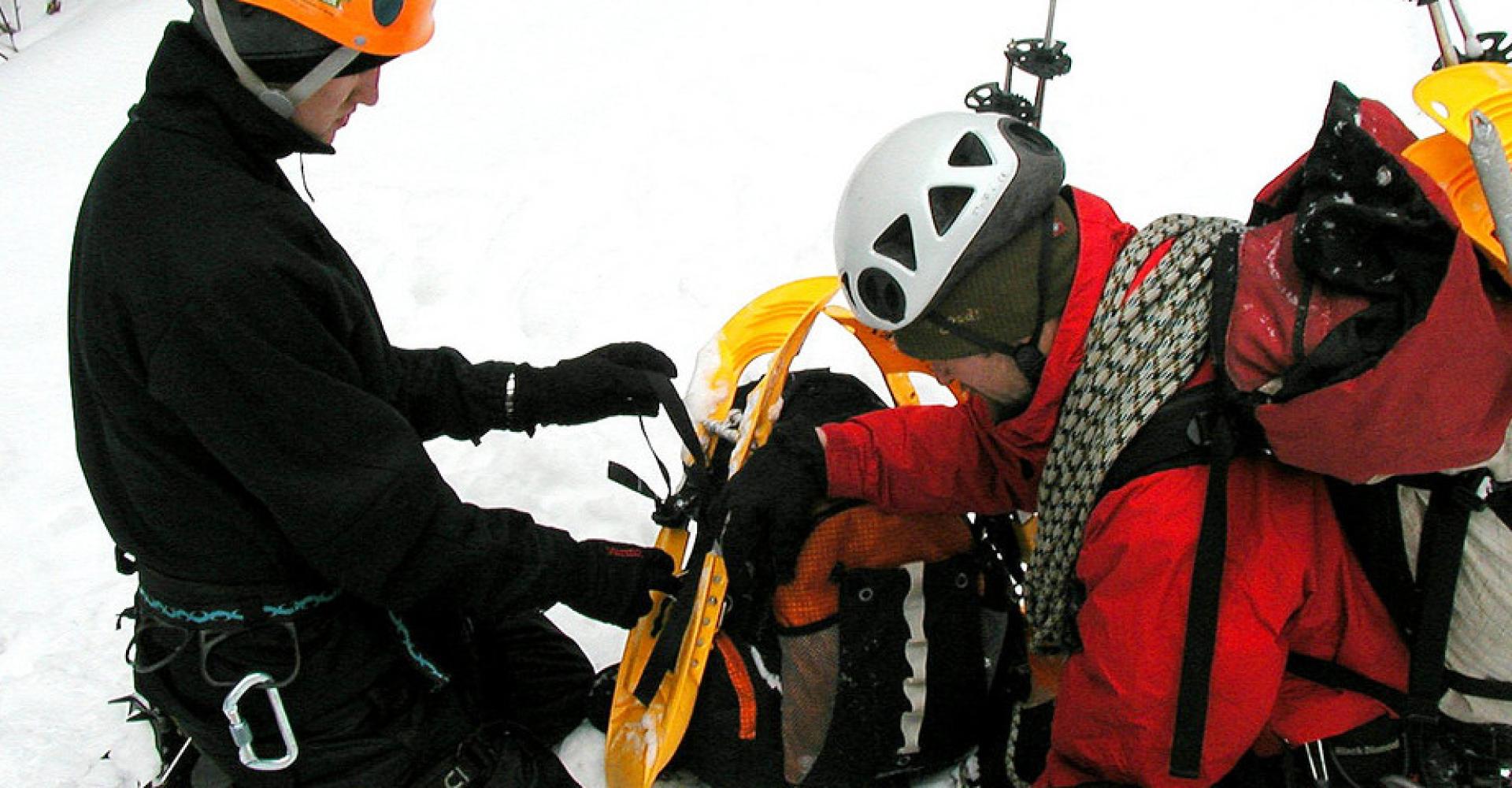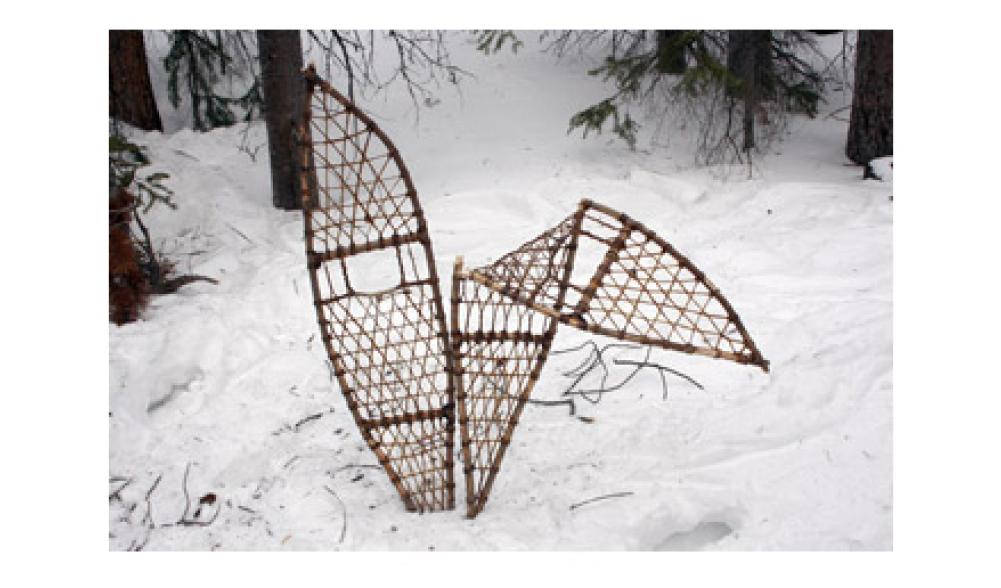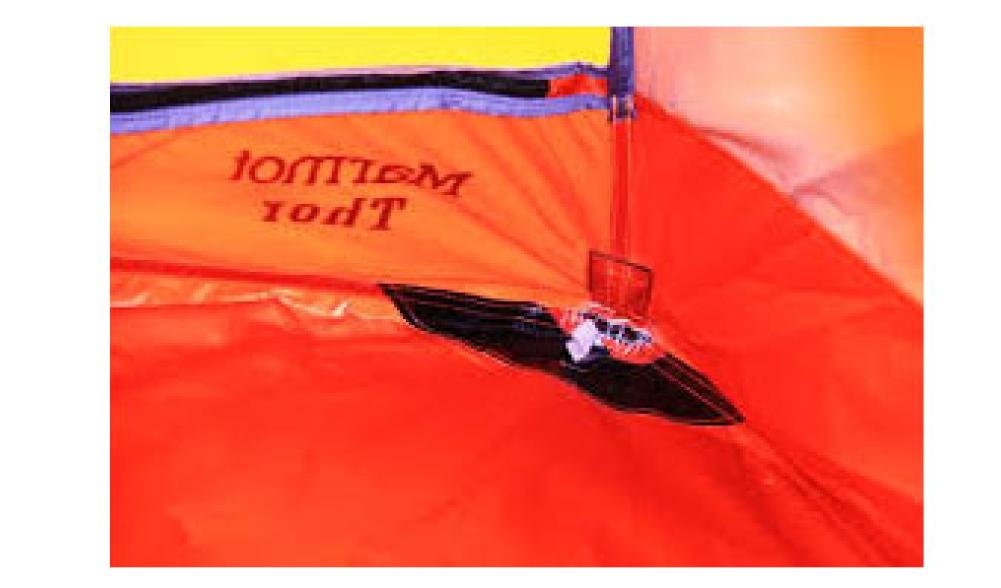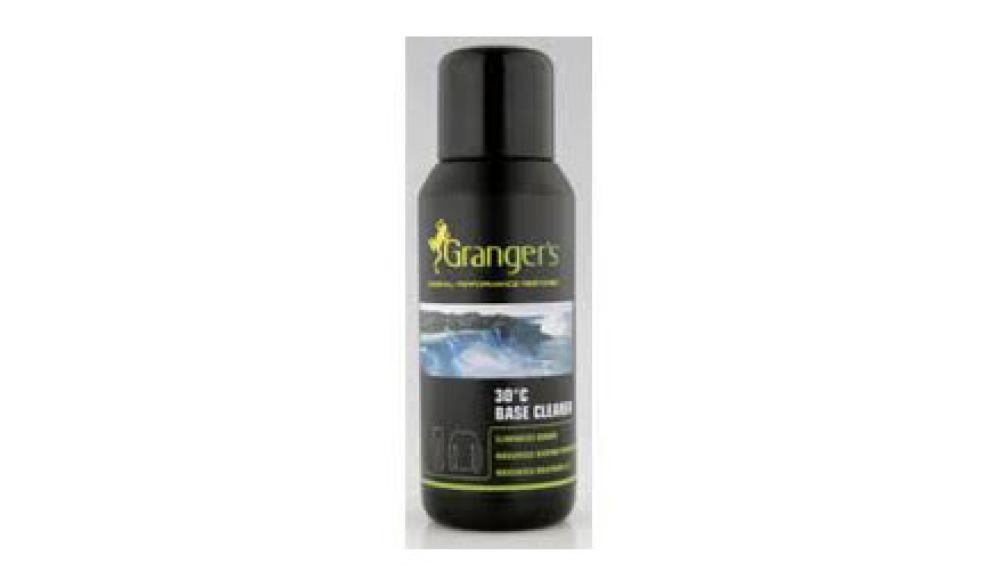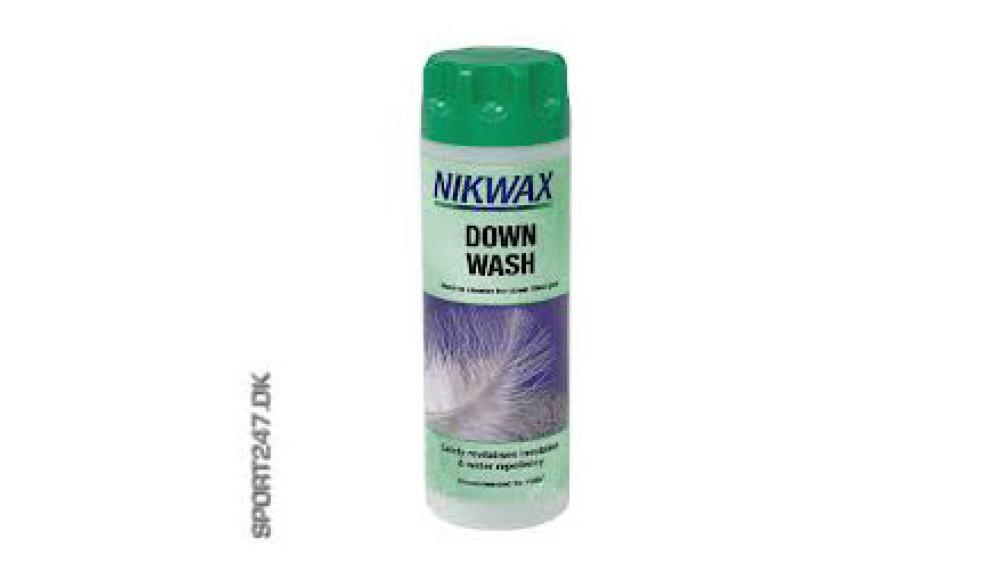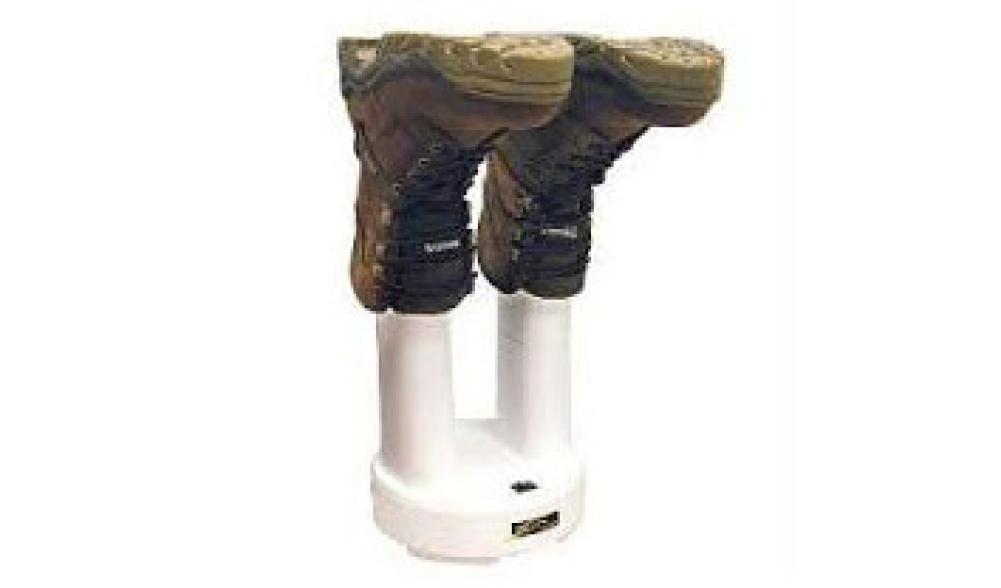Winter hiking, skiing and camping gear--Care and Storage
Prolong the life of your gear
Throughout the winter season your gear gets wet then dry, wet then dry and this process continues right through the season. The more active your season the more important it is to take care of your gear, that takes care of you. While I don’t have all the answers to extend the life of your gear, I would like to get you started in the habit of good gear care. Be sure to join in if you have some tricks of the trade and share them with everyone to see. Also this blog is not for off-season storage, care and repair, that will come closer to the spring storage season, this blog is intend to help you get through the season while your gear is in consistent use.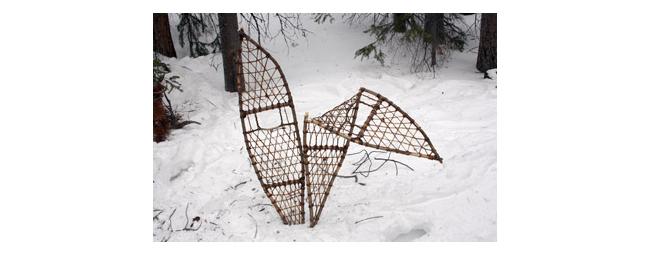
Snowshoes
There isn’t too much to do to your snowshoes during the season. The best thing you can do is bring them inside to melt away any snow or ice build-up. Before each use it is wise to also look for any possible damage from the previous outing that can cause a complete breakdown of the equipment and your mental state when you are in the field. Crampons can be sharpened using a flat file, but do not sharpen to a sharp point, they just need to be sharp enough to do the job.
Crampons
The same as with snowshoes it is important to get them dry after each use and check before each outing for damage as well. Use steel wool to clean off any surface rust that shows up throughout the season. Crampons can be sharpened using a flat file, but do not sharpen to a point, just sharpen enough to do the job. Sharp points can break down the hardening of the metals and can be more prone to breaking.
Crampons are best stored and carried in a crampon pouch or bag. This bag doesn’t protect the crampons, but the gear around the crampons from getting damaged.
Microspikes
The same as with snowshoes and crampons it is important to get them dry after each use and check before each outing for damage as well. Microspikes are best stored and carried in a pouch or bag. to protect the gear around them from getting damaged and wet.
Cross-country Skis
As for your skis, its best to bring them in at night for best protection, or at least every few days to dry out the bindings and remove any ice build-up. To remove any light surface rust on the metal edges you can use a piece of steel wool. If you want your skis tuned for the season or at any point during the season, I recommend bringing them to a reputable place to get them serviced.
In the field you could always use a bit of F4, blue glide wax, to aid with better glide and this will also reduce wet snow from building up under the kick zone of your skis. F4 works under a wide range of temperatures; it is also inexpensive and easy to apply.
Poles
There is a simple process for maintenance of poles. If you have a one-piece pole, there really is no maintenance, just check for damage. If you have a 2 or 3-section pole simply take them apart to dry and keep them in a warm, dry area whenever possible. If there is any dirt between the sections wipe them free before you put them back together.

Tent
A four-season tent is the best way to go for winter camping for many reasons but the care for it should be the same as for any other season. When you first get the tent you should seam seal the top of the tub, which it essentially the top of the floor, typically located about 4-inches from the ground.
When you come back from camping, your tent will be wet and in many cases, still frozen in areas. You should set the tent up inside to let it dry, if you have the space. If space is at a premium you should at least hang it up. Use the curtain bar in your shower and flip it around to be sure it all gets dry. Please don’t put it in your dryer.
Sleeping Bag
Down sleeping bags are the same as down outerwear and should be treated with kid hands. Down should only be washed with a down wash which is free of heavy perfumes or harsh chemicals. Down should also only be washed in a front load washing machine to avoid water loading and abrupt movements.
Down can be place in a drier and it is recommended. Hanging wet down will make the down become bunched up and that is bad. Dry on a low setting and place a couple tennis balls or a shoe in with the piece. The tennis balls or shoe will work the down around while drying and helping it spread back out. If you use a shoe, be sure it is a non-marking shoe to avoid black marks in your dryer or on your gear.
Synthetic sleeping bags are much easier to clean. They should also be put in a front load washer only. Synthetic fillers can also bunch up when washed and should be dried in the same manner as a down sleeping bag.
Storage is important and should not be overlooked. All bags should be hung if you have the room or stored flat. I realize this is not an option for many people. You can also store your bags in a large storage sack or laundry bag. The important thing to not store them compressed for a long period of time. Extended periods of compression can mat the fillers and over time lose some of its loft and warmth ratings. Also, rodents love sleeping bags, keep them in a bin as well if you can and especially if you are storing them in a basement or an out building.
Backpack
These are simple to care for, but often get over looked. If the inside of your pack stays dry you don’t need to do too much other than hang it up. If the inside of the pack gets wet all you can really do is empty it and hang it upside down to drain and drip dry. If you feel the sudden urge to wash your pack, it is best to just hand wash with a cloth and light detergent as needed. Dirt adds character, don’t fuss over it.

Outerwear
Base-layer: Cold water is best to clean your base-layers. You can by a wool wash for the wool or a base wash for both wool and synthetic materials. You can also put them in your regular wash like most people do, but the perfumes in the detergent are said to breakdown the fibers quicker, I have not found this to be the case. The base wash is a bit of a different compound and is typically used for base layers with a lingering odor. Oh, DO NOT PUT IN THE DRYER, they will shrink. If you do, use a delicate cycle and even then you have the potential of shrinkage; just hang it, they dry very fast.
Fleece: This should be done to the instructions on the garment. Many brands of fleece like to pill when washed with other materials, especially if the other materials gave excessive buttons and buckles. Velcro is not a fleece’s best friend and can do more damage to your jacket. Fleece is best washed in a separate load or with other like materials.
Waterproof/Breathable: It is best to wash these pieces with a detergent designed for this type of clothing. Using regular detergent tends to not rinse off well enough and over time will clog the pores of the jacket making it less breathable. Wash with like garments and no more than 4-pieces at a time. For heavily soiled pieces, be sure to rinse off all excess dirt before putting in your washing machine.
Drying can be done on low temperature if needed, but not typically necessary because they tend to dry quickly. Drying on a low temperature can also bring back some of the waterproofing that was manufactured into the material.
Putting waterproofing back into a material can be done with a spray on or wash in waterproofing material. Use the spray on for outerwear that is lined or insulated. Using wash in waterproofing is perfect for shell jackets or pants. Using wash in on insulated pieces can cause the pores to get clogged and in turn lose some of the breathable aspects.
Hats, Balaclavas and Glove: Depending on the material, washing is typically very easy and can be mixed in with your regular laundry. Hang dry only to avoid shrinking and use cold water as well. Warm water will be OK, but hot water should be avoided unless heavily soiled. Pre-soak and hand scrub for heavily soiled gloves and then wash in cold water, is a better option.

Down Clothing: Down should only be washed with a down wash which is free of heavy perfumes or harsh chemicals. Down should also only be washed in a front load washing machine to avoid heavy water loading and harsh movements.
Down can be dried in a drier and it is recommended. Hanging wet down will make the down become bunched up and that is bad. Dry on a low setting and place a couple tennis balls or a shoe in with the piece. The tennis balls or shoe will work the down around while drying and helping it spread back out. If you use a shoe, be sure it is a non-marking shoe to avoid black marks in your dryer or on your gear.

Boots
Boots can be washed best by brushing off excess dirt of needed, and then hand washed. To dry your boots you need to be a bit more careful. Excessive heat is bad for glued seams and leather. Excessive heat, such as placing them on or near a heater will dry out the glues which can cause a shoe to break down much quicker. High heat also dries out leather which also causes sewed seams to break down and the body to crack.
It is best to remove the foot bed before you start to dry them to allow for adequate air flow. Then you have the option to leave them alone in a dry, warm environment, if you are not in a hurry. If you are in a rush you can stuff them with newspaper to soak up the excess moisture. You can also purchase boot stacks that simply move warm, dry air into and around the inside of the boots.
Still have questions, give me a shout right here? You can also stop into a local outfitter for details, while you’re there be sure to see what they have for the care products you need. Want to head out into the backcountry to experience an Adirondack winter excursion, see what a local guide service has to offer.

